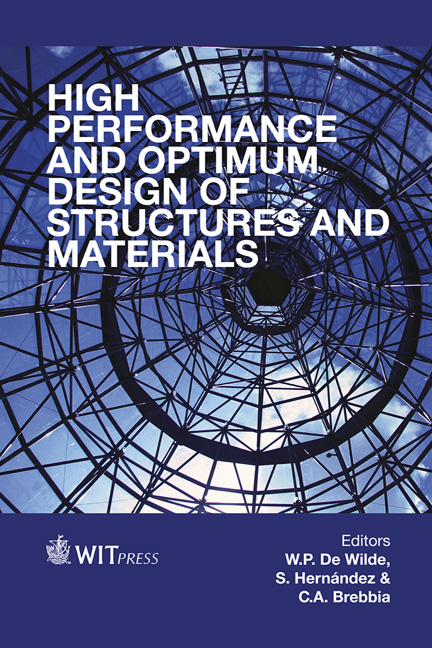CFRTP Molding Method Of The Three-dimensional Shape By Using Direct Resistance Heating To Carbon Fiber
Price
Free (open access)
Transaction
Volume
137
Pages
10
Page Range
273 - 282
Published
2014
Size
1,005 kb
Paper DOI
10.2495/HPSM140251
Copyright
WIT Press
Author(s)
S. Enoki, K. Moriito, K. Tanaka & T. Katayama
Abstract
Recently, Carbon Fiber Reinforced Thermoplastics (CFRTP) are expected to be used for lightweight component parts. To mold CFRTP, it is necessary to impregnate carbon fiber bundles with thermoplastic resin by heating the materials. We have been developing a low cost CFRTP molding technique in which direct resistance heating was applied to carbon fiber itself. When electrical current runs through the materials, they are heated by joule heat. Therefore this method can run with simple equipment and low consumed power. In our previous studies, flat plates and pipes of CFRTP have been molded by using direct resistance heating and the molding abilities have been evaluated. To use this molding method for automobile components, it is necessary to apply this method to three-dimensional molding. However, the temperature distribution of carbon fiber NCF has not been clarified when a direct resistance heating method is applied to three-dimensional molding. In this study, the heating properties of carbon fiber NCF formed at 90º and 120º by using direct resistance heating were evaluated, and angle plates were molded. By using direct heating to carbon fiber NCF the angle plates of CF/PA6 have been successfully molded in the condition for the holding time of 1 minute, the pressure of 2 MPa and heating temperature of 290°C. Keywords: carbon fiber, non-crimp fabric (NCF), Direct resistance heating, thermoplastics composites, molding.
Keywords
carbon fiber, non-crimp fabric (NCF), Direct resistance heating, thermoplastics composites, molding.





